How to turn Germany’s ultimate car city into a sustainable urban space.
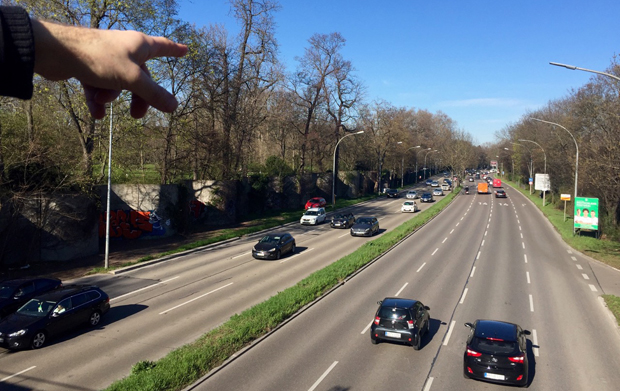
The world’s most car-centric region is Baden-Württemberg with its capital Stuttgart. After all, it is here that Bertha Benz drove the first Daimler and to this day it shelters Mercedes, Porsche and suppliers like Bosch or Mahle. The heartbeat of the German car industry can be felt most strongly here and has transported combustion engine technology and lastly diesel through its veins – so far.
But this is to change. It must due to players like Tesla, who is turning California into a centre of electric car making and innovation anxiously eyed worldwide. On top, the EU as well as regulators in Beijing increasingly tighten their emission rules and since Volkswagen has been caught cheating, the entire (German) industry has come under scrutiny.
It is in this climate, Clean Energy Wire set its media tour, which saw an international group of journalists travel to Stuttgart to learn, where the Germans are at when it comes to making a transition in transport. Our correspondent Nora Manthey reports.
An alarming transport transformation
Baden-Württemberg has been buzzing with change that has been captured in tow terms: Stuttgart 21 and Feinstaub Alarm (fine dust, or particle matter alarm). The former relates to Deutsche Bahn’s largest project to date, the renovation and extension of Stuttgart’s main station. For the purpose of this article, it is enough to say, that Stuttgart 21 smelled of scandal and saw angry (elderly) citizens (“Wutbürger”) blocking the project. Still it is going ahead now.
Upon arrival by train from London with “just” one hour delay, the station encircled by excavations suggests, Stuttgart 21 might not be a bad idea. Corruption aside, the halt definitely needs renewal and is synonymous for what has been going on in the state. The whole “Ländle” (land in regional dialect and synonym for Baden-Württemberg) needs renewal in fact, but it is something the common Swabian is most wary of.
Nevertheless, there is a transformation underway. It started in 2011, when the federal state, which had been ruled by the conservative party CDU for 60 years, voted in favour of a coalition of the Social Democrats and the Green Party – a revolution. Winfried Kretschmann then became the first Green state premier Germany had ever seen and today Baden-Württemberg is ruled by the only coalition of the Green and Conservative party ever.
On a tightrope between ecological beliefs and economic reality
The Green party’s victory in 2011 had been fed by the citizens’ anger over the corruption clouding Stuttgart 21 as well as the Fukushima disaster. The atomic catastrophe occured shortly before the elections and ultimately led to the revival of the Energiewende with its call to end all nuclear power. This transition to clean energy forebode the so-called “Verkehrswende” which translates to transport transformation. The term covers a modernisation of mobility, first through electrification.
“The future of transport is not a question of transport but an environmental and social one.”
Christian Hochfeld, director Agora Verkehrswende.
What may be an obvious step to climate conscious citizens or people from California, is a threat to everything that has worked for Baden-Württemberg (and its car industry) so far, namely “ICE cars owned by private drivers,” as the first speaker for #CLEWontour, Christian Hochfeld from Agora Verkehrswende, association pointed out.
Hochfeld also provided data to understand the challenge the German car industry faces if it is to make this transport transition. Two million people work at carmakers and about another three million jobs in Germany depend on related OEMs. This means, any (political) change has to be mediated and it turns the “question of transport from an environmental into a social one,” according to Hochfeld.

And it is not only jobs that tie the state to the industry – Germany’s “hidden champions” sponsor culture and even town halls. This at least, they have in common with their Californian counterparts with their Apple cities or Google and Facebook campuses.
How about a car-free city?
Stuttgart’s car culture is not just high level but down to the electorate itself. Many citizens work for the suppliers or carmakers and have an obvious interest for the industry to survive. Hence, the Green leaders walk on a tightrope between their ecological beliefs (electric transport or even car free cities) and perceived economic realities (taxes and jobs secured through Daimler, Bosch, Porsche).
Still, the city has a green Mayor in Fritz Kuhn. Since he took office, he has been busy trying to negotiate between this car culture and the wish for a sustainable town. While some would expect radical action, esp. from a founding member of the Greens, and wonder why there are no car bans like Paris or Oslo practice, the situation in Stuttgart is a little more complicated. Obviously, the key are less cars and the Mayor knows it, but he chose to moderate rather than to regulate, also because his powers are limited and the stakes (in jobs and voters) high.
“On the one hand we’d need to decrease car traffic massively, on the other hand the city lives from the automobile. That is why I fight for electric mobility.”
Stuttgart Mayor Fritz Kuhn between conviction and necessity.
A resolute diesel ban is impossible due to Germany’s federal structure and a federal government that voted against the “Blaue Plakette” (blue badge) to designate older diesel vehicles. Hence, it is not in Stuttgart’s power to ban all diesel cars every day. But the city has come up with a solution or loophole rather and has found a catchy phrase for it: Feinstaub Alarm.
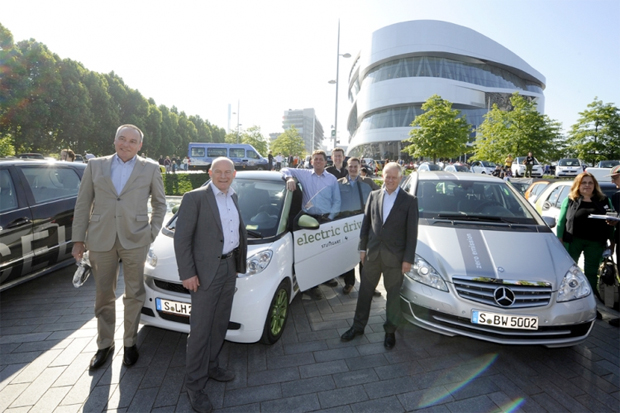
The “drastic terms” as Mayor Kuhn put it, have proven a success, at least on the promotional level. While real regulation lacks behind, “everybody knows about air pollution now” says the Mayor and the term is on its way to join Zeitgeist and Wanderlust in the hall of fame of German words that made it into the English language.
Toothless diesel-ban appeals to common sense
Feinstaub Alarm – precise and uncanny – is fine dust at an alarming rate. Dust is something visible (at least in the imagination) and to watch out for. It is also easier to understand than particulate matter or NOx emission, although the latter is the actual problem.
Stuttgart, like other cities, faces lawsuits brought by the EU over its high level of air pollution and now calls on its citizens’ “common sense” as Kuhn put it.
City hall’s reasoning is to increase awareness and work with incentives rather than prohibition.
The latter is hard to realise anyway due to regulatory limits and the predominance of the federal state over the city. Take the police for example, that is controlled by the state and already voiced its refusal to control all vehicles on so called Feinstaub days, when Stuttgart wants to ban diesel below Euro 6 from entering the city.
So far, the alarm is toothless regulation. When caught in say your Porsche, a fine of only 20 euros applies. Fees are something the city has no control over. Compare this to the 60 euro penalty you get for taking public transport without a ticket, or the 125 euros Paris evokes for crossing the lines on car free days.
Feinstaub Alarm to raise climate change awareness
However, the incentives in Stuttgart are coordinated and have shown some effect. The Mayor’s main man for mobility, Wolfgang Forderer reported, that about 360,000 Polygo cards have been distributed – as many as registered cars in the city. Polygo includes all public transport, EV charging, car sharing and even payment for municipal services like libraries.
Additionally, it allows access to a bike sharing system with 600 conventional and 150 electric bicycles. 36 main cycle lines are planned as well but it is “a difficult struggle between cars, pedelecs, and bikes with no cycling culture,” Forderer explained. The missing bike culture actually had people believe that to reserve one lane for cyclists is congestion’s main cause. It is not.
“The whole city is a bottleneck.”
Wolfgang Forderer, head of Stuttgart Mayor’s mobility unit, points to the town’s structural problem.
Stuttgart sits tight within a narrow valley and 890,000 vehicles cross the city’s 1,400 km of roads everyday. That are more car commuters than in the whole of Berlin.
The Stuttgart metropolitan area counts close to 3m people. And while the 610,000 people living inside “Stuttgart know about the problem now, the commuters do not,” Forderer continued. He calls for a “change of mind,” while at the same time “you cannot go against the car in the city. It is about its careful use.”
Nevertheless, the city warns its car commuters that a diesel ban is coming “definitely” (by 2018) but otherwise tries to appeal to the Swabian nature that is foremost frugal. It is here where the good side of fine dust comes into play – on days of Feinstaub Alarm, public transport is only half price and sometimes there are pretzels for free. In Stuttgart, political climate action is to set signals – for now.
Copy: Nora Manthey reporting from the Clean Energy Wire media tour

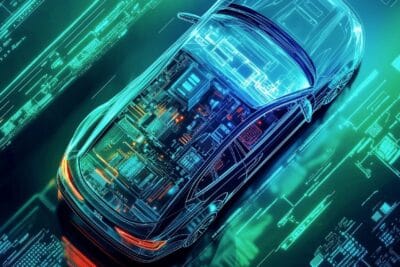
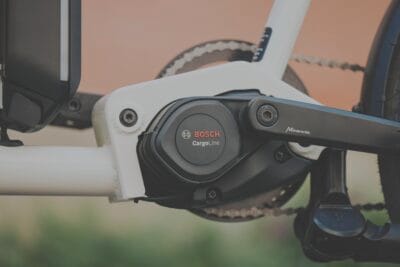
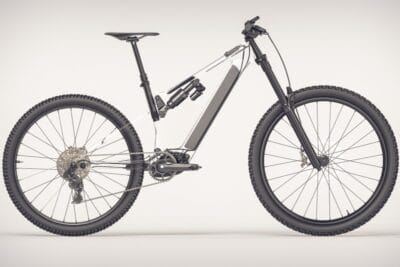
0 Comments